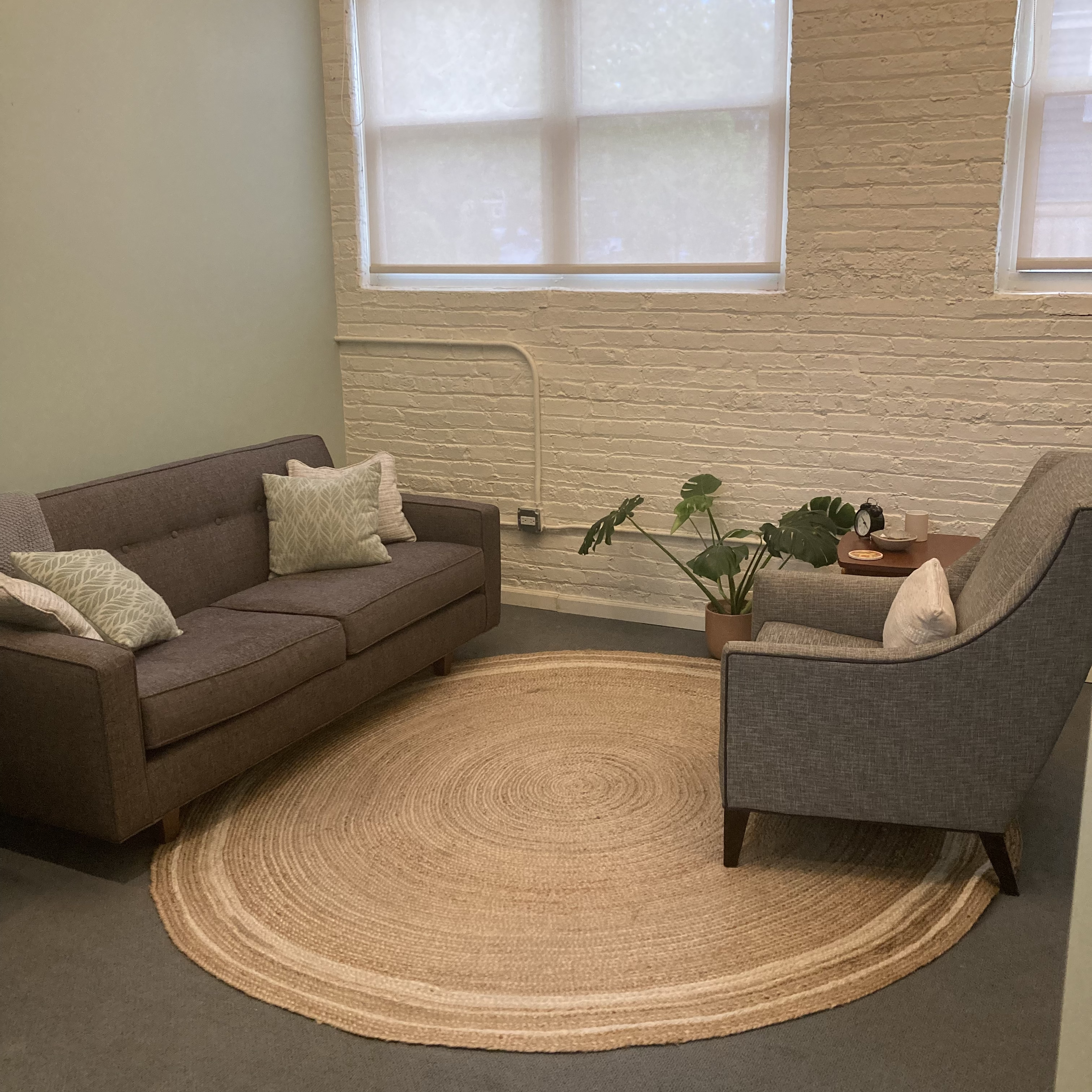Twenty years ago, a physical therapist considering the effects of trauma would likely point out the ways that physical trauma could potentially increase mechanical wear and tear. But we now know that the physiological effects of trauma are pervasive and that trauma doesn’t have to be physical in nature to have a profound impact on pain processing. As a physical therapist myself, I know that if we only look at the physical components we may be missing a big piece of the pain puzzle.
To appreciate the leaps and bounds in pain science over a relatively short period of time, we may need to go back a few hundred years…
In the 1600’s, the widespread belief was that pain stemmed from outside of the body, existing as a kind of divine test—something that could only be addressed through spiritual means or elaborate rituals. Rene Descartes introduced a theory that has dominated since– that animal bodies are machines, governed by laws of matter, operating as mechanical systems that fit together to make up a whole.
You are likely aware of the ways that we continue to embrace the idea of human bodies as machines– you might even have a “torn” meniscus, a pelvis that is “out of alignment,” or a back that “gives out,” much like car parts that need to be taken in for repair. You probably see several specialists that attempt to “fix” the chronic headaches, gastrointestinal distress, and anxiety issues that run you down because these are different systems/parts in your machine-body… but what if it isn’t the parts that are broken, but the model itself?
Descartes also suggested that pain originated from within the body, starting from the injured area and moving toward the brain to warn it of danger. You may recall his famous formulation, “I think therefore I am.” To him, not only were the mind and the body separate, but he doubted the existence of the body at all without the brain to recognize it.
Researchers were so invested in Descartes’ model that they spent decades searching for the exact parts that carry pain from injured tissue up to your brain… only to find that they don’t exist. We know this because advances in imaging techniques have identified that 100% of pain is created by the brain.
Of course, nerves carry all kinds of information to the brain, including input from any injured tissues. If the brain perceives you may be in danger, it creates a pain experience to get your attention and motivate you to take action that will keep you safe. If possible, it does this in anticipation of danger in order to minimize harm. But herein lies a potential flaw in the pain system— it doesn’t warn just us when there is danger, it can warn us with a pain experience when it thinks there might be danger.
In the case of someone who has survived trauma, it’s easy to see why the brain may be especially protective or perceive ongoing danger. It has enough memory stored of actual threat to perceive the world as dangerous. In an attempt to create safety, it may upregulate pain processing. This safety mission is multifold: increased inflammatory mediators, amplified warning signals and lowered thresholds for pain can all ensure increased sensitivity of the system. Once the system set on high alert, it can be sensitive to things that normally wouldn’t trigger a pain response. Everyday stress, allergies, indigestion, memories, worries—even things as innocuous as temperature, pressure, or weather changes may be interpreted by a highly protective brain as a threat requiring further escalation of the pain experience… all in an attempt to get your attention and secure your safety.
By the way, none of this means your pain is “all in your head,” even if, technically, it is your brain that makes the final call. But perhaps it helps to explain why it may not take much to set off a painful experience, or why your medical team is baffled when your tests or images don’t fully explain the symptoms you describe.
Fortunately, the brain and the nervous system are both incredibly adaptive. By increasing support and safety and decreasing potential danger, the same processes that occurred to upregulate the pain system will begin to reverse themselves. Given the right conditions, the nervous system can adapt within a few minutes to begin to de-escalate the pain experience. If those conditions are repeated over time, the nervous system will recalibrate the pain system.
What are those conditions? Safety. Trust. Hope. Connection. Healing begins when we recognize that humans aren’t machines because we are more than the sum of our parts. Our brains can’t be more important than our bodies because they are interconnected and each influences the other in nonlinear ways, and to try to split them up or rank them according to importance makes no sense at all.
By reconnecting the mind and the body, we reclaim our wholeness. From a physiological perspective, mind-body techniques have been shown to increase activity in the parasympathetic nervous system, which influences every organic, interconnected, flexible, responsive, and resilient part of the human body. The message that the parasympathetic nervous system shares throughout the interconnected whole of you is simple:
You are safe.
Take rest.
It’s time to heal.








